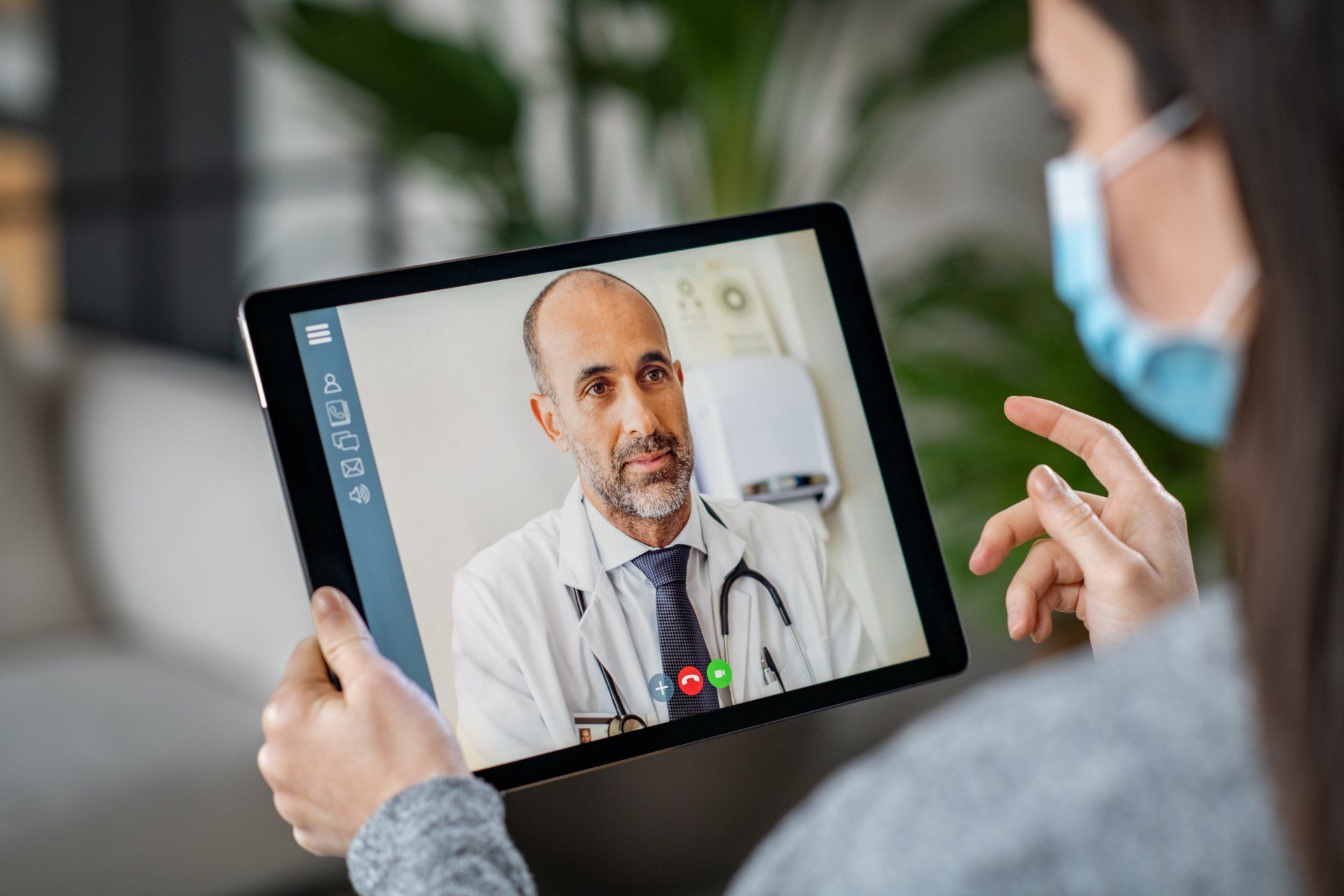Get in touch
TeleHealth
May 13, 2020

Telehealth refers to use of technology and telecommunications to provide remote non-clinical services, such as provider training, administrative meetings, and continuing medical education and secure transfer of medical information, as well as remote patient clinical services, most commonly known as Telemedicine.
Focus on Telehealth has certainly been on the rise, especially with the COVID-19 crisis striking our nation. Today the need for Telehealth, and Telemedicine, is amplified and receiving much attention from healthcare professionals and management.
When doctors need to share information quickly with other practitioners to identify patterns or confirm diagnoses, Telehealth is a critical tool. For those who do not want to expose themselves to COVID-19 unnecessarily, Telemedicine is a welcome option. Hospitals rely on Telehealth to improve health outcomes and reduce patient readmits with remote patient monitoring. Healthcare consumers and clinicians alike are quickly adapting to Telehealth out of necessity. For hospitals to successfully support Telehealth, key IT areas should be considered:
- Connectivity Strategy
- Patient and Workforce Devices
- Privacy, Security and HIPAA requirements
- Workforce Training and Patient Education
- Accessibility and Ease of Use
- Digital Front Door
- Wearable Medical Device Management
- Collaboration Tools
Optisave offers subject matter expertise, vendor management and sourcing, contract negotiation and implementation support for the COVID-19 Telehealth Program, funded by the CARES Act, and administered by the Wireline Competition Bureau (WCB), and other “business as usual” telehealth activities.
CASE STUDY
At a major US children’s hospital, Optisave rationalized opportunities for image sharing software to be used by collaborating physicians and by patients. Six different vendor packages were assessed and compared.
At a large Northwest hospital, Optisave negotiated agreements with multiple vendors for distance learning for continuing medical education. This included the delivery platform and content.
Talk to Optisave about optimizing IT services related to Telehealth today.
Optisave can help your organization make critical purchasing decisions at the best prices, to quickly and efficiently mobilize Telehealth services.
Additional Blog Posts

November 26, 2024
Most health systems pay for support and/or maintenance on hardware and software on an annual or multi-year basis. This includes clinical and financial software applications and desktop and network equipment, as well as data center hardware and software. Usually, support is manufacturer-provided and purchased either directly or through a Value Added Reseller (VAR). Third Party Maintenance (TPM) - Original Equipment Manufacturer (OEM)-authorized/OEM-independent maintenance – is increasingly common in the hardware and software support market, with a thriving ecosystem of independent support providers for specific software, server, storage and networking equipment. IT organizations selectively use TPM providers to cost-effectively extend IT asset life and control OEM-forced upgrades. TPM, also known as aftermarket hardware and/or software support or post-warranty support, is popular when equipment warranty or service agreements end. TPM can be a cost-effective alternative to OEM support. TPM can offer multiple benefits: Cost: TPM providers are typcially significantly less expensive than the OEM Flexibility: TPM can be more flexible than OEM support. Responsiveness: TPM can often be more responsive to issues than OEM support. Communication: TPM providers are directly linked to OEM Level 3 support. Expertise: TPM providers offer broad expertise in hardware/software brands and manufacturers. Remote monitoring: TPM can provide remote monitoring to help identify potential network issues that could expose company data to cyber threats. TPM services can include: Software support including security patching Hardware support to include Replacement or repair of hardware On-site engineering assistance Remote monitoring Operating support Data backup CASE STUDIES A Southwest children’s hospital was renewing hardware support on its data storage equipment. After thorough evaluation of its requirements, they decided to identify and solicit bids for 3rd party support for one year. One requirement was that the selected vendor had certified engineers and replacement hardware, if needed. Additionally, the vendor needed to have the ability to integrate into the hospital’s trouble ticket system. With Optisave’s guidance, an appropriate 3rd party vendor was selected, and at a 60% lower cost than OEM support. The Microsoft Unified Support agreement was coming up for renewal at large Mid-Atlantic health system. Renewal cost was far greater than the health system had budgeted so they were willing to look outside Microsoft for support. Several qualified vendors were identified and an RFI was issued. Ultimately the health system worked with Optisave experts to select a vendor that not only had a significant amount of experience with health systems, but was also more than half the cost of what Microsoft was going to charge for the renewal. Optisave works with healthcare, financial services, manufacturing, and other complex organizations to determine whether Third Party Maintenance is right for them and select the ideal provider. Contact us today to start a conversation.

July 15, 2022
Optisave’s integrated advisory services provide solutions to key IT issues challenging organizations today. With consolidation and reorganization in complex industries such as healthcare, manufacturing and financial services, an important, yet often overlooked factor is how to optimize IT products and services after organizational transition.
